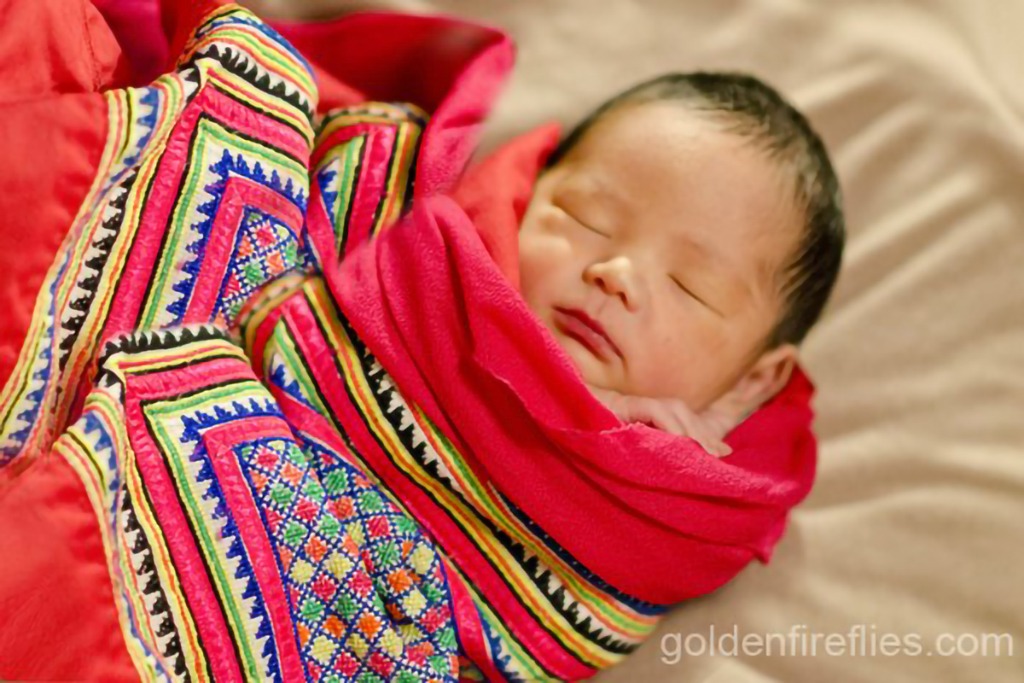
Hmong Traditions – Childbirth & Naming
Hmong Childbirth Traditions: A Journey Through Birth and Naming Rituals
Explore the fascinating world of Hmong childbirth and naming traditions, where cultural heritage and spiritual beliefs come together to honor life, family, and identity. Learn about unique practices like soul-calling ceremonies, postpartum care, and the symbolic burial of the placenta, as well as how these traditions are evolving in modern times.

Hmong Childbirth Traditions: A Journey Through Birth and Naming Rituals – The Hmong community’s childbirth and naming traditions reflect a profound connection to spiritual beliefs, family roles, and cultural values. These rituals have been practiced for generations, maintaining their significance even as many Hmong families adapt to modern lifestyles in Western countries.
The First Trimester and Spiritual Beliefs
Hmong women traditionally do not announce their pregnancy during the first trimester. This period is considered sacred, as it is believed to be when the soul enters the baby’s body. Announcements typically occur around the fourth to sixth month, once the pregnancy becomes visible.
Unique Birth Practices
In traditional settings, Hmong women often work until the day of delivery. They give birth in standing or squatting positions to ease labor, with only the husband and midwife present. The placenta, or “black jacket,” is carefully buried in a designated area of the home, symbolizing the child’s spiritual and familial responsibilities. For male children, the placenta is buried near the house’s center post; for females, under the bed.
Postpartum Care: Rest and Recovery
After childbirth, Hmong mothers observe a 30-day recovery period known as the “lying-in” period. They avoid physical exertion, consume hot foods like chicken soup with special herbs, and refrain from visiting other homes to protect their health and that of their newborn. This practice reflects a belief in the mother’s vulnerability to spirits during this time.
Soul Calling and Naming Ceremony
Three days after birth, a soul-calling ceremony is held to welcome the newborn’s soul into the family. This ritual, integral to the child’s identity, also involves naming the baby. In Western countries, it’s common for Hmong children to receive both a Hmong name and an American name, blending cultural traditions with modern influences.
Honorary Names for Parents
When a Hmong man becomes a father, he receives a new honorary name from his father-in-law during a special ceremony. This marks his transition to greater family responsibilities. Hmong mothers are similarly honored, often addressed as “Mother of [Child’s Name]” or “Wife of [Husband’s Name].”
Adapting to Modern Times
As many Hmong families now live in Western countries, these traditions have evolved. Most births occur in hospitals, and naming practices have adapted to new cultural norms. However, ceremonies like soul-calling continue to preserve the essence of Hmong heritage.
Preserving Tradition
Hmong childbirth and naming rituals showcase the deep respect for life, family, and spirituality that defines Hmong culture. These practices serve as a bridge between the past and present, ensuring that the community’s unique heritage endures for future generations.
Key Takeaway
Learn More About Hmong Traditions – For more insights into Hmong culture and traditions, visit the Hmong and Native Americans Facebook Group.
References and Further Reading
- Hmong Traditions – Childbirth & Naming | Www.Facebook.Com





What about the dried umbilical stump? Does that get buried with the placenta? How important is timing? For example, does the placenta get buried before or after the naming ceremony?
Yes, the dried umbilical stump can be buried with the placenta. The timing varies by tradition; some cultures bury the placenta before the naming ceremony, while others do it afterward. It’s best to follow the specific customs of your tradition.